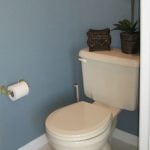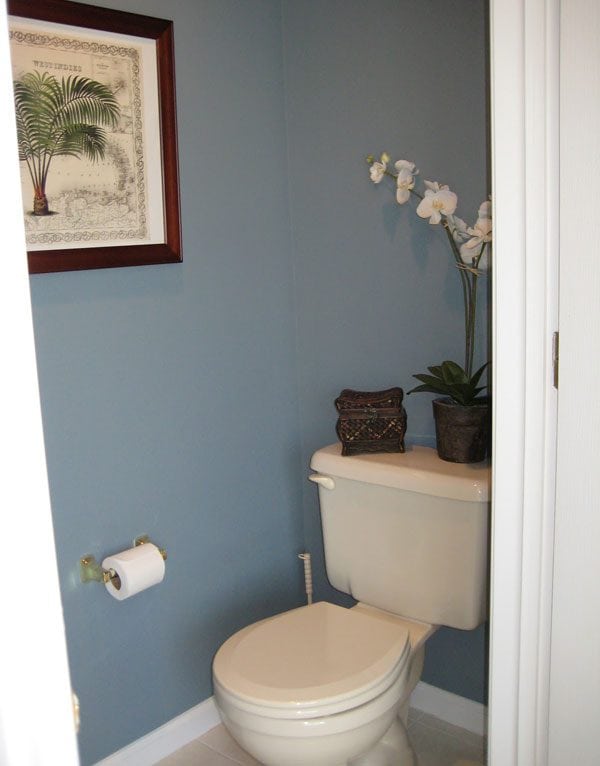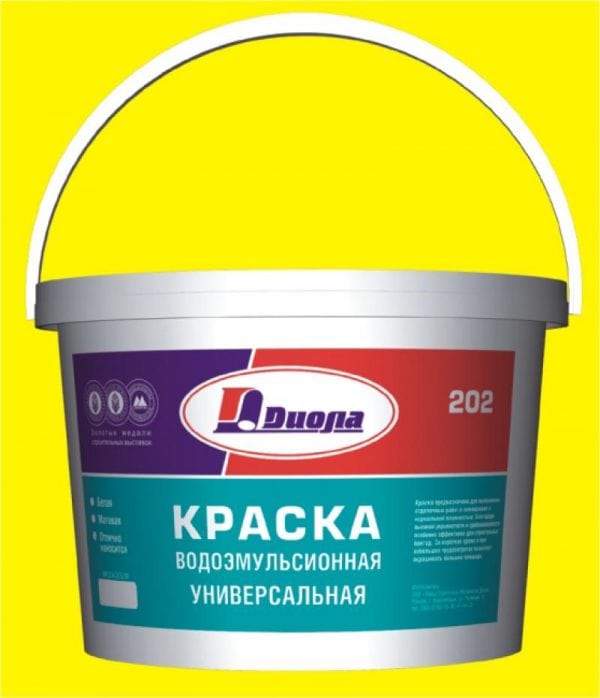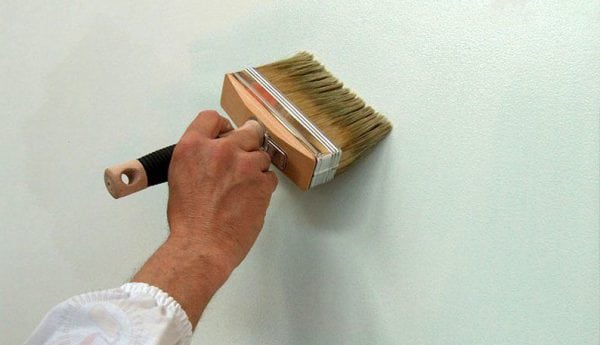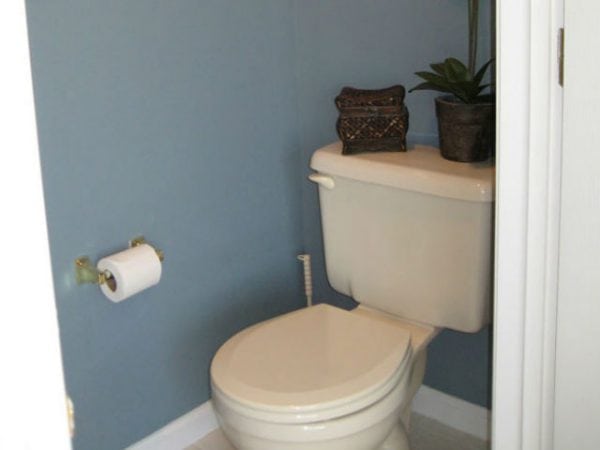Today, more and more people choose such a simple and economical way of repairing the toilet as painting. Therefore, many of them are interested in the question of how to properly paint the toilet in the apartment. This method of decorating the room allows you to quickly update its design and maintain a presentable appearance.
Despite the simplicity of this type of repair, it also has its own nuances and rules. Observing them, you can get a beautiful and high-quality surface. In this case, it is important to clarify how to properly paint the walls, ceiling, floor and communications.
Tool selection
To do the painting yourself, you must have the following tools available:
- brush for painting;
- paint roller;
- sandpaper;
- primer solution;
- putty;
- masking tape;
- paint material used to paint the walls and ceiling;
- paint for metal products.
This is the main set of tools, but when working on the toilet in the apartment, additional items may come in handy.
to contents ↑Features of the choice of paint
If you still do not know what kind of paint to paint the toilet, then first you need to focus on indicators such as resistance to moisture and antibacterial properties. These qualities are very important in a room with high humidity, which, of course, is the toilet.
In the presence of constant moisture, the walls of this room become a good environment for the development of microorganisms. To prevent this, it is necessary to choose a composition with excellent antibacterial properties. The most popular emulsion paints today are on which it is best to opt for.
Types of water-based paints recommended by specialists for painting the toilet:
- Acrylic compositions are the most popular, as they are characterized by low price and qualitatively envelop the painted surface. Therefore, they are ideal for rooms with a high level of humidity.
- Latex paint materials differ from acrylic in that they can form a durable film on the surface after drying. Due to this, the coating is resistant to the adverse effects of moisture and dirt. At the same time, such paints are more expensive than acrylic.
- Paints made from PVA are considered the most affordable of all. However, they are less suitable for toilets, as they cope poorly with high humidity.
- Compositions based on silicone are the most modern and high quality. Such paints have a vapor-tight structure, so they can even be used for painting facades. In this case, it is important to choose the right color. Accordingly, the cost of such material is considered quite high.
After choosing a paint, you should choose the optimal color. Today you can get the desired shade using special tinting machines.As a rule, light color can be considered the best option in small rooms, which are toilets. They help make the room visually larger. In addition, it is important to choose a color so that it blends well with the tone of the plumbing.
to contents ↑If you want to play in contrast, you need to remember that dark walls are less acceptable for a toilet, since drops of water will be more noticeable on them.
Preparatory stage
Before you start painting the toilet, you must carefully prepare the surface in order to get a good result. Since the paint practically does not hide any irregularities, the finishing procedure needs to be given due attention. Stages preparing the wall for painting:
- Elimination of old paintwork and various facing materials.
This can be done with sandpaper, a grinder with an emery disc, a spatula or all kinds of solvents. To remove the wallpaper, just soak them with water. The whitening of the ceiling is best done with a sponge or soapy solution. You can use several methods to remove old paint from the ceiling or walls:
- mechanical - elimination of the old coating by means of a scraper;
- chemical - the use of a special solution called a wash;
- thermal - heating the paint with a blowtorch or hairdryer, after which a spatula is used to remove it.
- Cleaning the surface of walls and ceilings from dust using warm water. After this, the walls are carefully primed with one layer of mortar. Also at this stage it is necessary to prepare pipes for painting, removing a layer of rust from them.
- Coating irregularities with waterproof putty containing acrylic. For this purpose, it is best to take a wide spatula, which allows you to evenly spread the putty on the surface with a thin layer. In this case, all movements should be as accurate as possible, in order to subsequently reduce paint consumption. If there is such a need, then the walls and ceiling can be additionally processed using finishing putty.
- Grinding all irregularities and defects with fine-grained sandpaper. At this stage, it is better to treat the walls with antiseptic solutions, copper sulfate or ordinary bleach, which will avoid the appearance of fungus.
- The priming of a carefully leveled surface must be carried out in several layers. To do this manipulation is best with the help of special latex solutions, which include antibacterial components. In this case, before applying each subsequent layer, you must wait for the previous one to dry.
Painting
Before starting painting, you should prepare a special tray with grooves, which will be needed to remove paint residues from the roller and brush. A small amount of paintwork is poured into the tray and the tool is rolled along the grooves. If you do not pay due attention to this, then smudges may appear on the walls. To separate adjacent surfaces that are not subject to staining, it is recommended to use masking tape.
Prior to staining, always priming the surface, which allows to increase adhesion and thereby reduce paint consumption. After applying the primer, they begin to paint the ceiling with a roller. Painting in the toilet starts from the corner or in the presence of a window on its opposite side. As soon as the first coat of paint dries well, it is necessary to apply a second coat, which will be perpendicular to the first.
All these manipulations are carried out with a roller, but for hard-to-reach places it is better to provide a brush. A similar principle is used when painting the walls in the toilet in the corresponding color. After painting all surfaces, they proceed to painting metal structures.
Thus, painting the walls and ceiling in the toilet is a simple, economical and quite beautiful method of decorating the room. Using this method, you can quickly transform the interior, making it more fresh and original.
With proper preparation, using appropriate tools and materials, you can get an excellent effect. In addition, painting the toilet will give you the opportunity to show all your creativity and create a truly unique design for this room.

